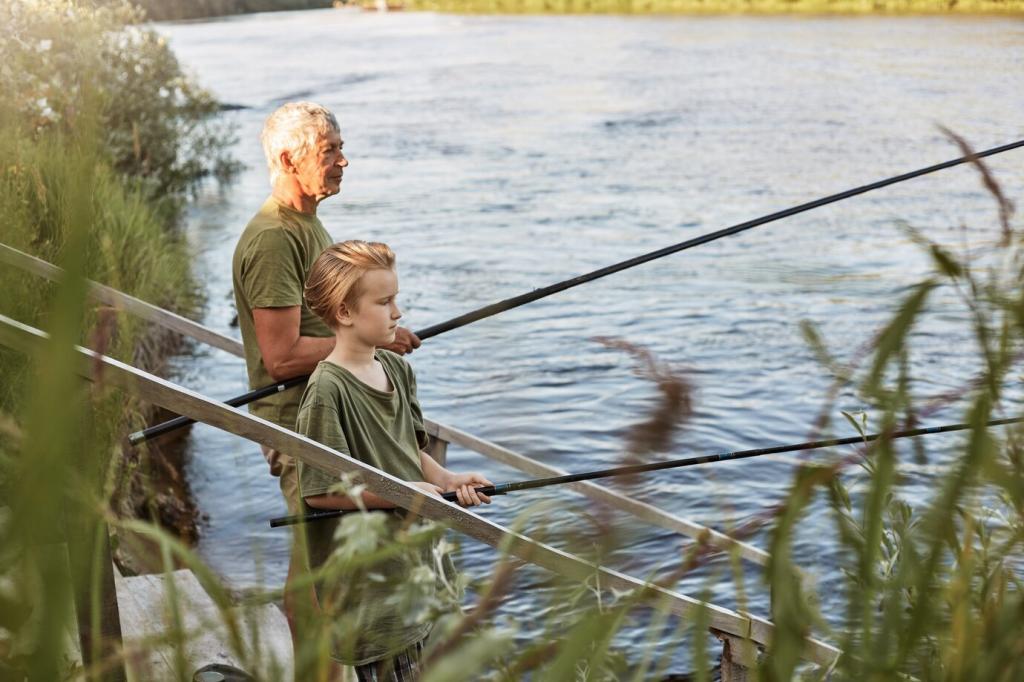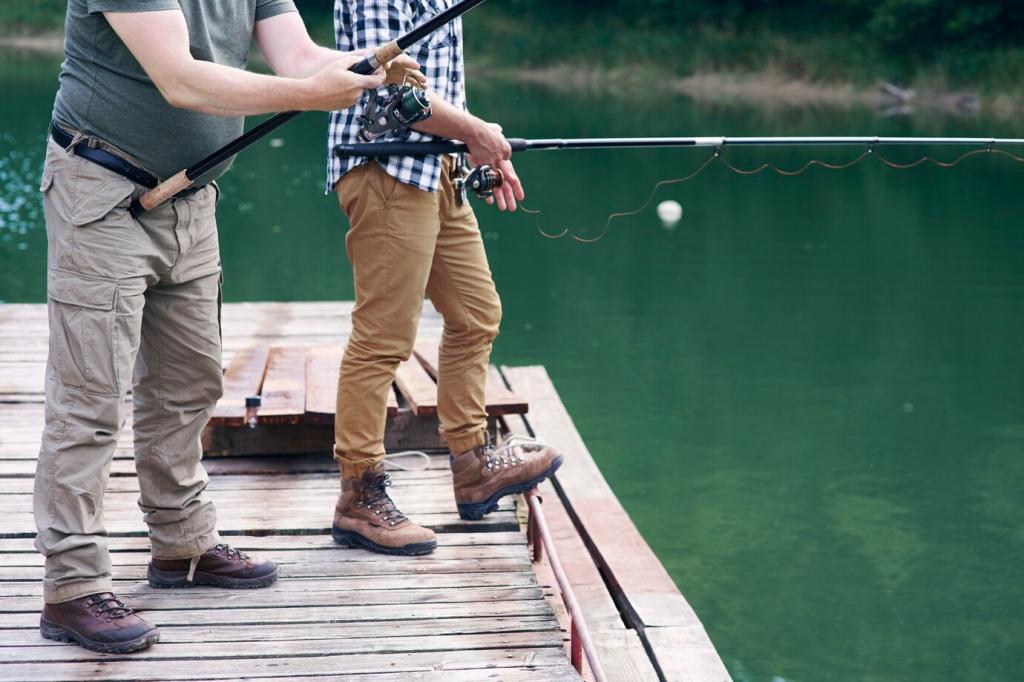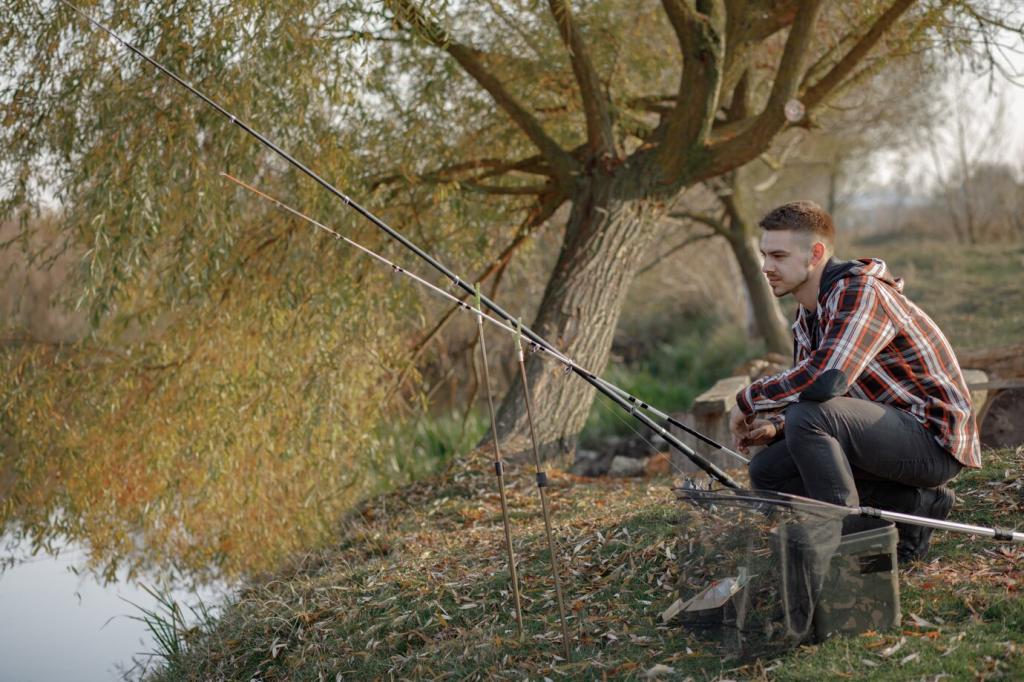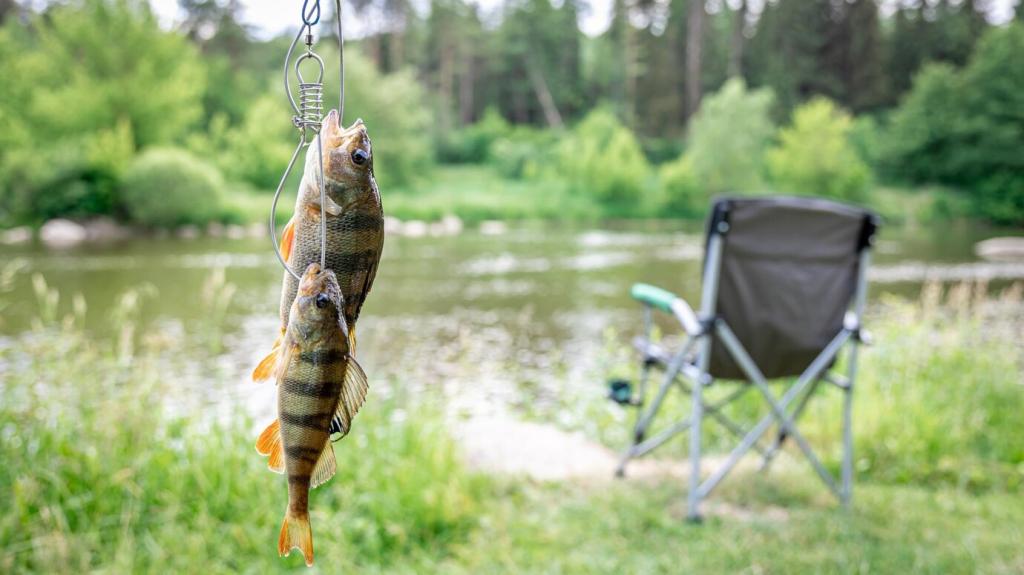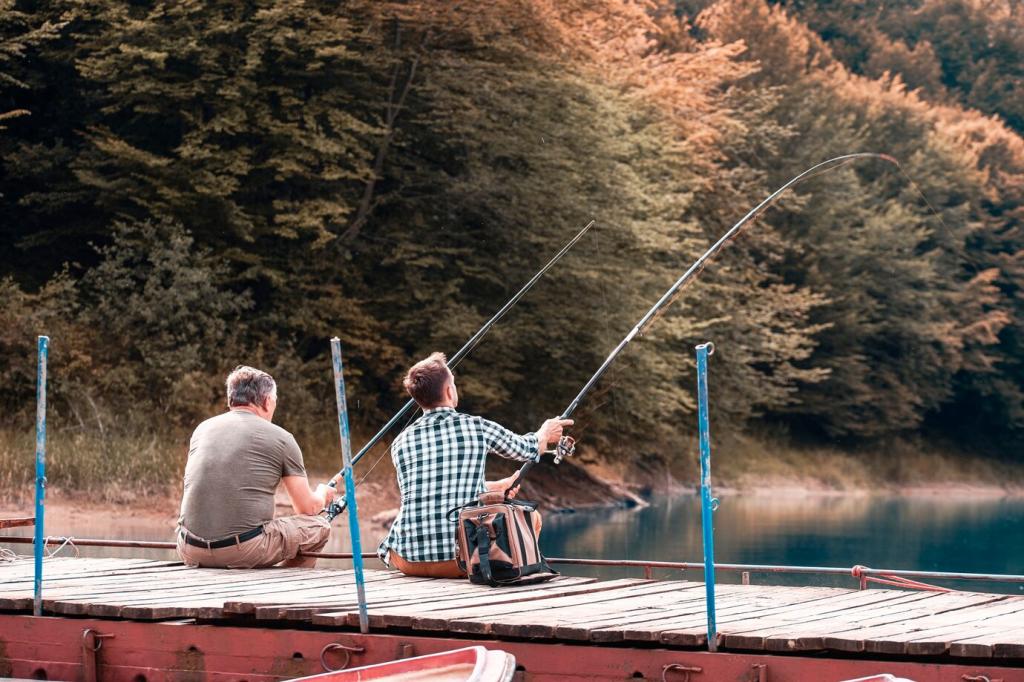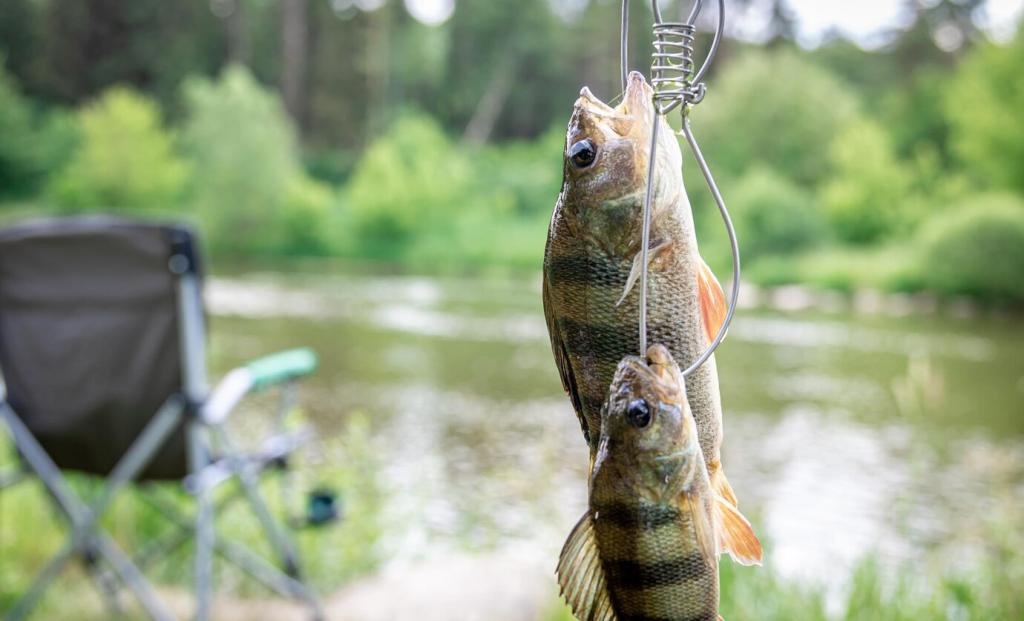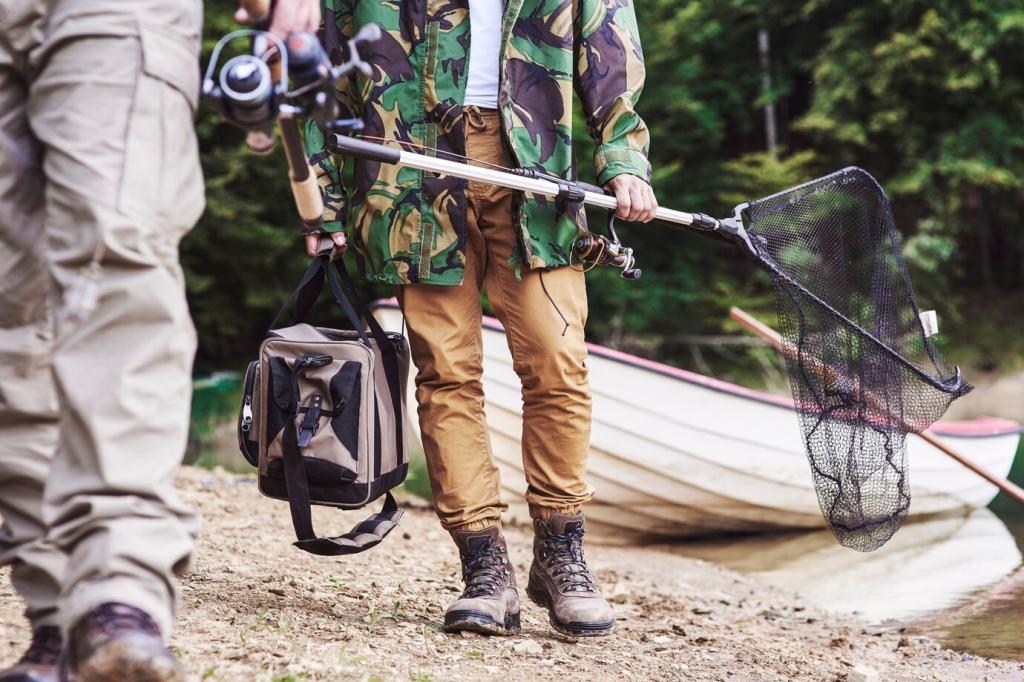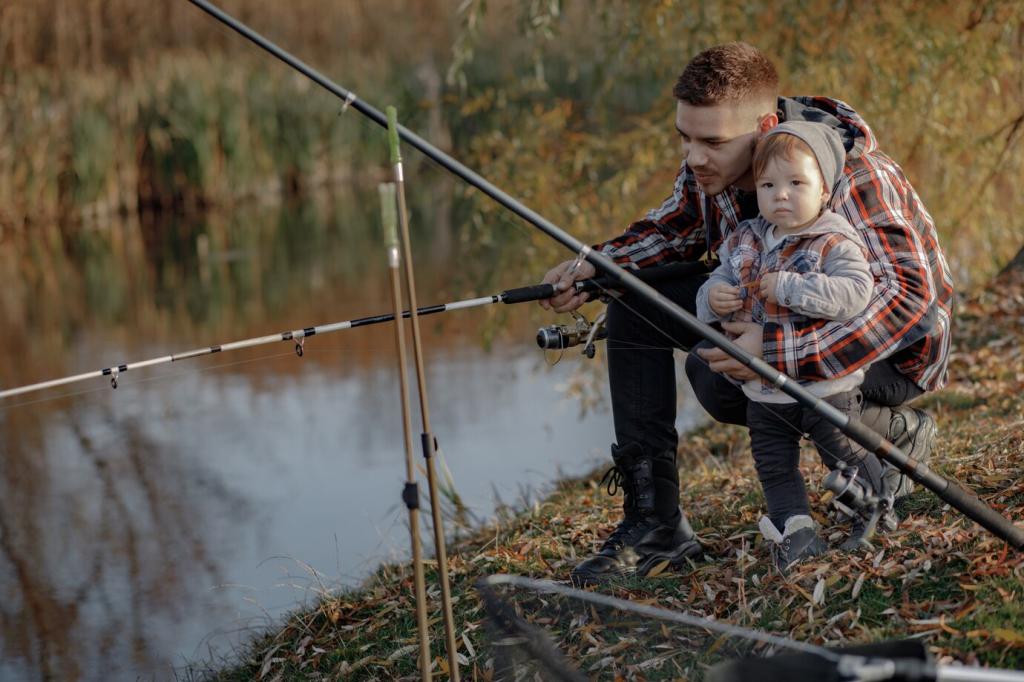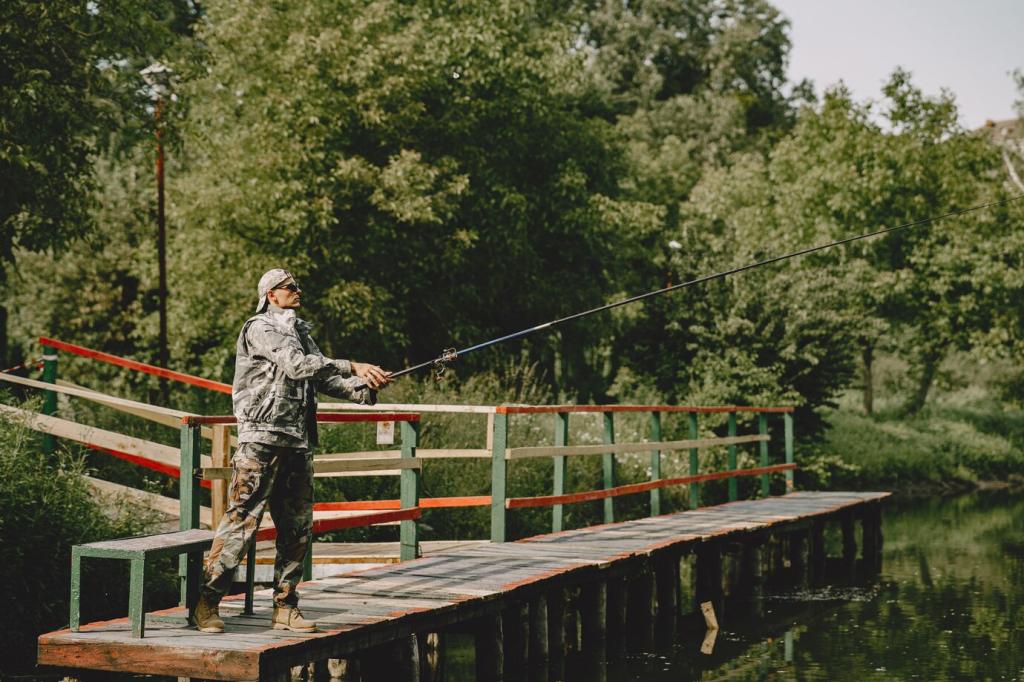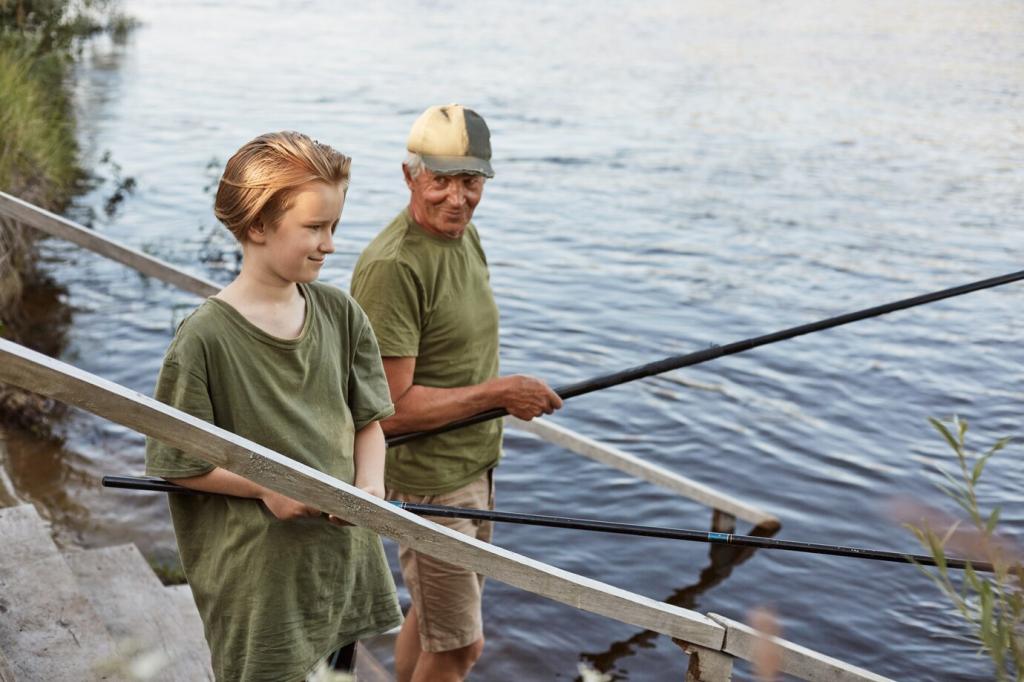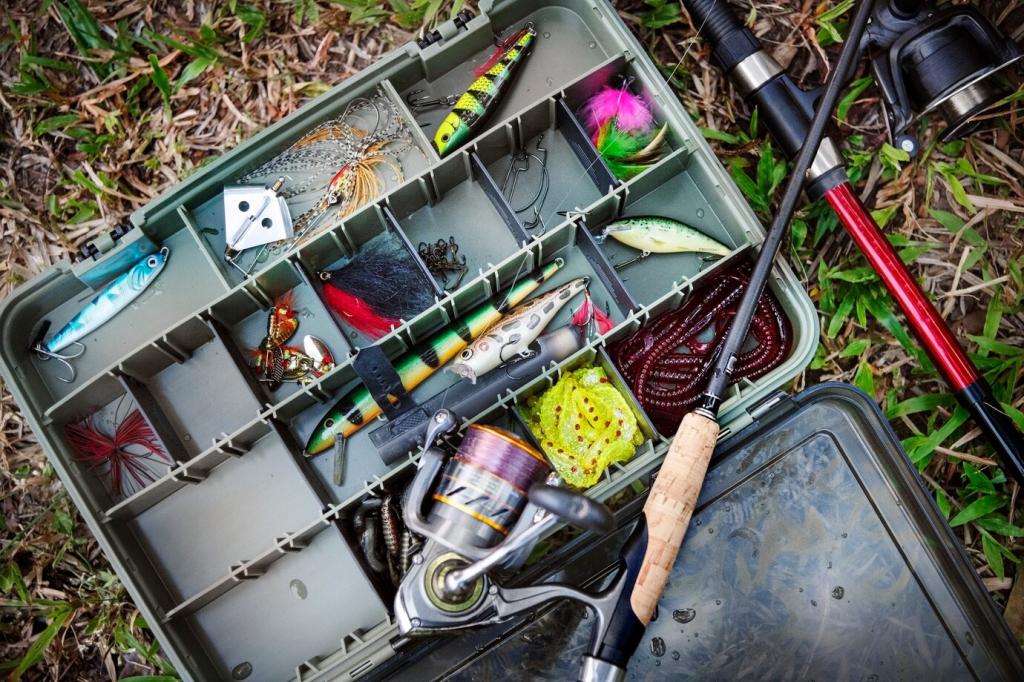Special Situations and Species
Trout suffer quickly in warm water; consider switching species or fishing at cooler times. Bass tolerate warmth better, but reduced fight time and wet handling still matter immensely for survival and recovery.
Special Situations and Species
For pike or muskie, use jaw spreaders cautiously, long pliers, and figure-eight techniques to minimize exhaustion. Keep fish horizontal and supported; avoid gill-grabs that can cause severe, often unseen injuries.

